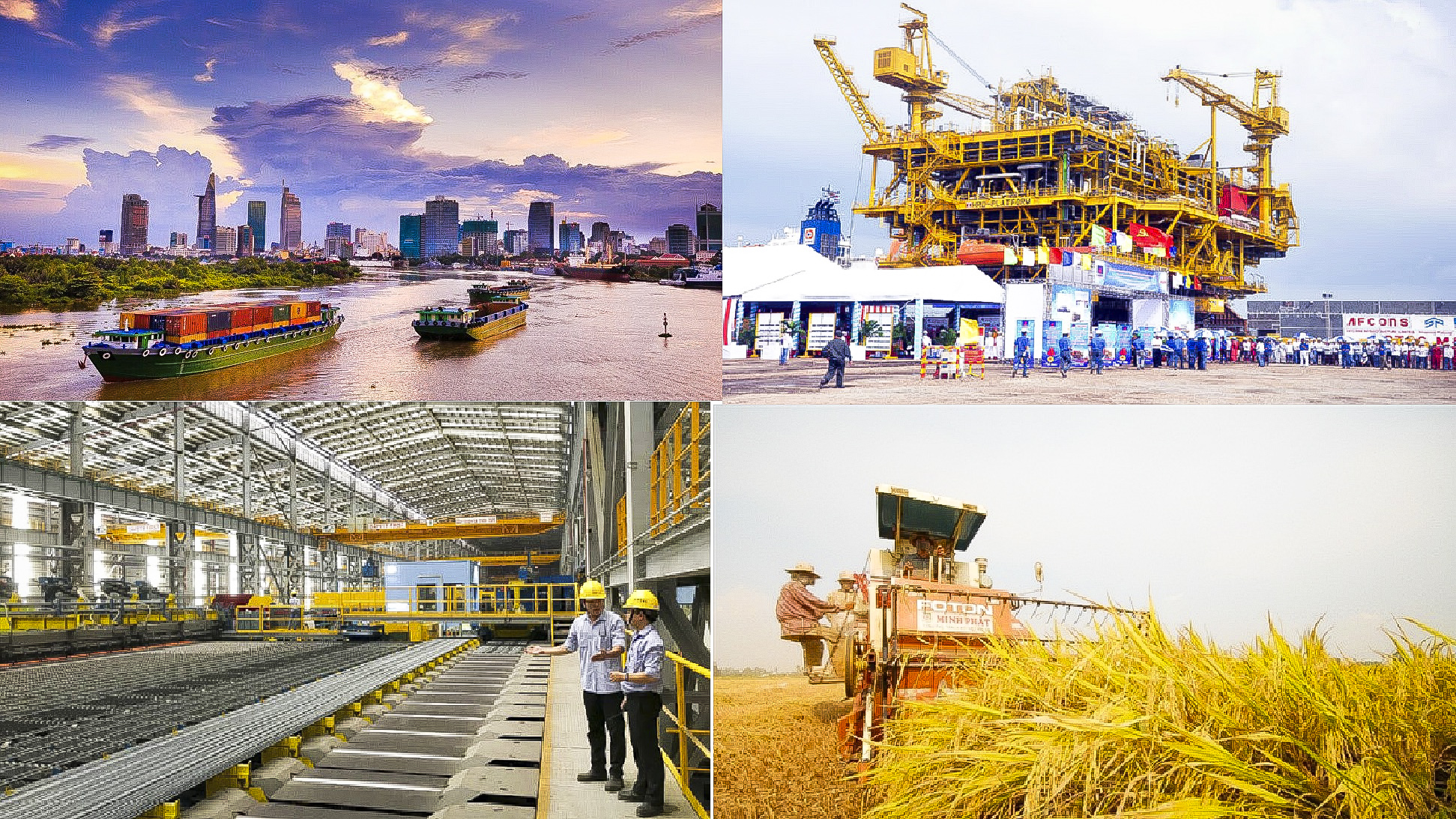Internal resources-based economic restructuring
The economic restructuring should rely on internal resources to boost production and meet the need for domestic consumption, said Ms. Le Vo Phuong Nga, Head of Finance Management at Credit Agricole Corporate & Investment Bank of Credit Agricole Group in an exclusive interview granted to our reporter.

Ms. Le Vo Phuong Nga, Head of Finance Management at Credit Agricole Corporate & Investment Bank of Credit Agricole Group
Looking back at previous economic restructuring plans, Ms. Le Vo Phuong Nga emphasized that the economic restructuring plan for the period 2021-2025 is placed in a more special context that will also open up lots of opportunities.
- Could you please share more about this special context?
The COVID-19 pandemic has shaken all economies around the world, including Vietnam. The epidemic has changed everything, triggering both opportunities and challenges to businesses.
During the pandemic, the world economy witnessed the disruption of supply chains as well as the slowing down of globalization and prioritizing regionalization. Digital transformation is being promoted at a "speedy pace".
In that context, a new value chain has formed in the world and in the region. The process of globalization and regionalization is undergoing many changes. Macroeconomics still faces many potential risks and high inflation pressure.
- In such a special context, what will matter when implementing the Economic Restructuring Plan in the coming period, madam?
For the economic restructuring plan, we will have 4 issues to keep in mind.
First, the construction of green and digital-oriented future economic models is needed. This is an irreversible trend of the Vietnamese economy. Therefore, the Government's policies must give certain priority to these fields to be developed faster and stronger.
Second, it is necessary to improve national interaction, competitiveness, cooperation ability, position in the value chain, and interaction of labor resources.
Third, the change of economic structure must be based on the priority order for the development of each industry. Accordingly, it is necessary to reallocate resources at the national level and prioritize the IT application. In the future, instead of spreading investment across regions, we should invest in key economic sectors, such as health, clean energy…
Finally, Vietnam's business environment has changed a lot, but there are still many issues to be noted. A publication released by the World Bank in November 2021 shows Vietnam's position has dropped for 2 consecutive years, although the index score has increased. This shows that other countries are going faster than Vietnam. Therefore, institutional reform should be speeded up so as to improve Vietnam’s business environment.
- From an international perspective, what do you share about Vietnam's economic restructuring plan? And how will Vietnam solve the difficulties you mentioned above?
From an international perspective, I believe that economic restructuring must be placed in relation to regional and world countries. Currently, Vietnam has participated relatively deeply in the global value chain, so it should consider the restructuring goals of neighboring countries to decide whether it will increase competitive advantages or cooperate with other countries.
When the COVID pandemic is still complicated, it matters to promote cooperation in public health, pharmacy, digital transformation, digital economy, circular economy, green technology, renewable energy, high-quality human resources…
Finally, post-crisis economic restructuring must be done by mobilizing internal resources, especially among the people to boost economic recovery.

Vietnam is recommended to develop its economy from internal resources, develop the private economy, and promote domestic purchasing power.
For example, French people saved an additional 160 billion euros from the beginning of 2020 to the end of 2021, it is estimated that if 20% of these savings were invested, France’s GDP growth in 2022 would be 6%, instead of 4.3% as expected by this country.
The next solution is to strengthen serving the domestic market. Because, the disruption of supply chains due to the pandemic has led to a slowing down of globalization, giving way to localization from production to consumption.
Besides, there is a need for using tax tools and financial leverages to orient businesses and consumers in Vietnam’s economic restructuring.
In addition, Vietnam is recommended to develop its economy from internal resources, develop the private economy, and promote domestic purchasing power. Because the pandemic shows the threats from dependence on foreign spending and the supply of cheap labor.
At the same time, Vietnam should increase its position in the global value chain, transform its economic structure from width to depth, from low-value scale to high one, and penetrate regional and world markets. In particular, it is necessary to prioritize industries in relation to the region and the world to improve its position in the global value chain.
- On the threshold of transformation and restructuring of the domestic and world economy, where will businesses be, and what will they have to do in the economic restructuring plan, madam?
Enterprises will be considered the center of the economic restructuring strategy in the coming period.
On the Government's side, policies should be business-centered, creating maximum conditions for the businesses, especially private ones, so that they could develop stronger and become a solid foundation for the economy.
Meanwhile, businesses need to try their best to remove bottlenecks in their industry such as capital, technology and labor, focus on their adaptability and resilience, and promote their restructuring to welcome domestic and international trends.
Thank you!








